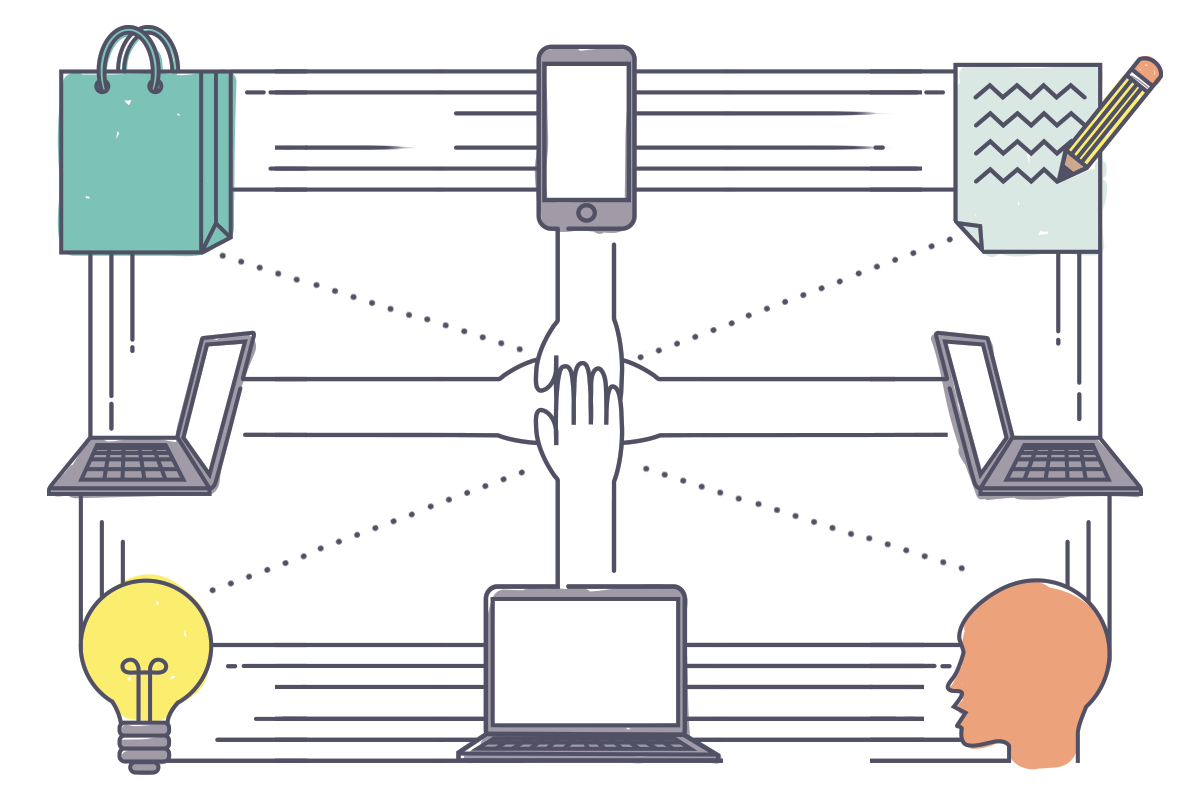Findings: Multi-Sided Platforms, Explained
Tuck’s Constance Helfat breaks down multi-sided platforms.

A multi-sided platform is a business that brings two or more parties together to transact with each other.
In a forthcoming paper in Research Policy, Constance E. Helfat, associate dean for research innovation and the J. Brian Quinn Professor in Technology and Strategy, examines what it takes for multi-sided platforms to succeed.
Not sure what a multi-sided platform is? Here’s a hint: It is the basis for some of the biggest businesses in the world, and you probably use one or two every day, says Helfat.
How many sides?
“SINGLE-SIDED would be the old phone system, where the telephone infrastructure is the platform, and there’s only one kind of user: people who want to make phone calls.”
“Facebook is an example of a MULTI-SIDED platform (MSP). It connects social media users, advertisers, content creators (such as media outlets), and app developers.”
The basics
“The multi-sided platform is a business that brings two or more parties together to transact with each other, sometimes with the platform as the intermediary, and other times the parties can transact directly. The platform is the means to do this."
The business side
“Some MSPs are huge businesses. Google connects searchers and advertisers. Microsoft is a computer platform for users and software developers. Apple is running an enormous platform with its iPhone and App Store. Ebay. Amazon. If you go down the list of the companies with the largest capitalization in the world, you will hit MSP after MSP.”
The challenge
“In the economics and management literature there’s this notion that an MSP needs to bring the different sides together and make sure they will transact with each other on its platform rather than a competitor’s. What hasn’t been discussed, and what we’re concerned with in this paper is: why do some firms do this well, while others do it poorly?”
Findings
“MSPs need dynamic capabilities to navigate an ecosystem of players while innovating. Our contention is that integrative capabilities for coordination and communication, and capabilities for sensing new opportunities and threats, are very important. These firms have to look at the whole ecosystem every time they make a decision and innovate.”

